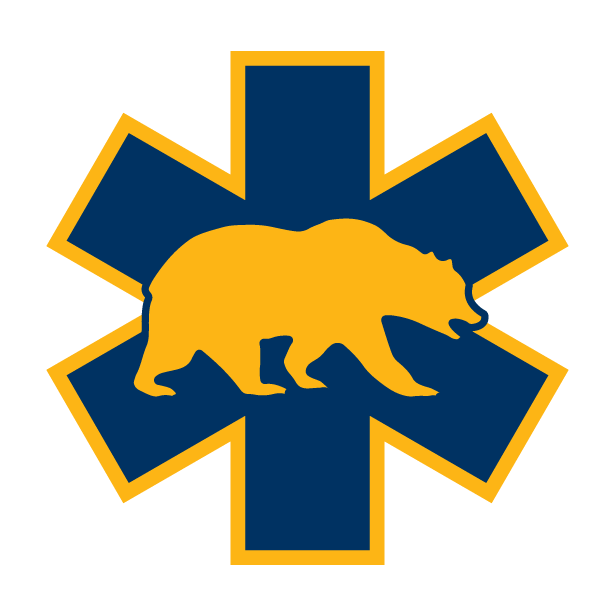Syllabus
Course Description
This course emphasizes the application of basic emergency medical skills in a collaborative group setting. Students will engage with emergency medicine by reading current events and EMT-level research, presenting their findings in a student-led format. In addition to a knowledge-based component, students will practice their scope on simulated patients through scenarios mimicking real-life emergencies, and receive feedback to improve both technical and communication skills.
Volunteer opportunities will be provided as standby medical providers, public health instructors, and other special events. Engagement with guest speakers throughout the semester will provide students with broad exposure to the field.
Learning Objectives
After completing the course, students will:
- Practice applying EMT-B skills in team-based training scenarios
- Develop confidence in patient communication through consistent practice and feedback
- Improve teaching skills by collaboratively researching and presenting EMS topics
- Gain real-world exposure through volunteer opportunities or professional engagement
- Understand EMS within the larger medical field through weekly guest speakers
Enrollment Prerequisites
All students must complete a Google Form application. While an active California EMT license is strongly recommended, the course is open to any student with demonstrated interest in emergency medicine. Permission from instructors is required to enroll.
Course Structure
Weekly Topics
Each week will focus on a different emergency medicine topic or feature a guest speaker. Class time includes student-led presentations and scenarios.
Attendance
Classes are held Mondays or Tuesdays from 6–8pm. In-person attendance at one of the two weekly sessions is required unless excused for illness or emergency. Attendance is recorded via iClicker. A maximum of two unexcused absences is allowed. During excused absences, Zoom recordings and a makeup assignment will be provided if available.
Readings
Brief primers (1–2 pages) will be shared as PDFs on bCourses prior to each class. Where readings are TBD or a guest speaker is scheduled, relevant material will be provided one week in advance. These may include news articles, research, or student-made primers.
Presentations
Starting the second class, students will sign up for a topic and work in groups of 2–5. They will research, prepare a 40–60 minute interactive presentation, and develop three EMT-level case scenarios. Preparation includes slide review with facilitators, and teams are expected to rehearse in advance. The estimated workload is 8 hours.
Non-presenting students will take notes and submit a post-class reflection through bCourses, listing three takeaways or questions. Students will also complete two mid-semester feedback forms and a final reflection.
Scenarios and Quizzes
Short scenario-based quizzes will be posted on bCourses each week. After the submission deadline, full solutions will be provided.
EMS Engagement
Students are required to participate in at least 3 EMS engagement opportunities outside the classroom, such as event staffing through BMRC or Rock Medicine, ride-alongs and ambulance work, or teaching public health classes. Those unable to do so should contact instructors as soon as possible to complete alternative method of engagement.
Grade Breakdown
This is a P/NP course. Students must complete the final reflection and earn at least 70% to pass.
- Attendance: 50%
- Presentations: 20%
- EMS engagement: 15%
- Post-class reflections: 5%
- Scenario quizzes: 5%
- Mid-semester feedback: 2.5%
- Final reflection: 2.5%
Grades will be updated weekly on bCourses.
Students with Disabilities
Students requiring accommodations should contact UC Berkeley’s Disabled Students’ Program (DSP). Please notify instructors of any accommodation needs.
Resources
Materials will be posted on bCourses under “Files” and shared weekly. These include required refreshers, protocols, and optional study resources.
- Cardiac Emergencies
- Trauma Care / Stop the Bleed
- Environmental Emergencies
- Pediatric Care
- Disaster Training
- Alameda County EMS Field Manual (also available via mobile app)
- Example PCRs and case studies via Google Drive
